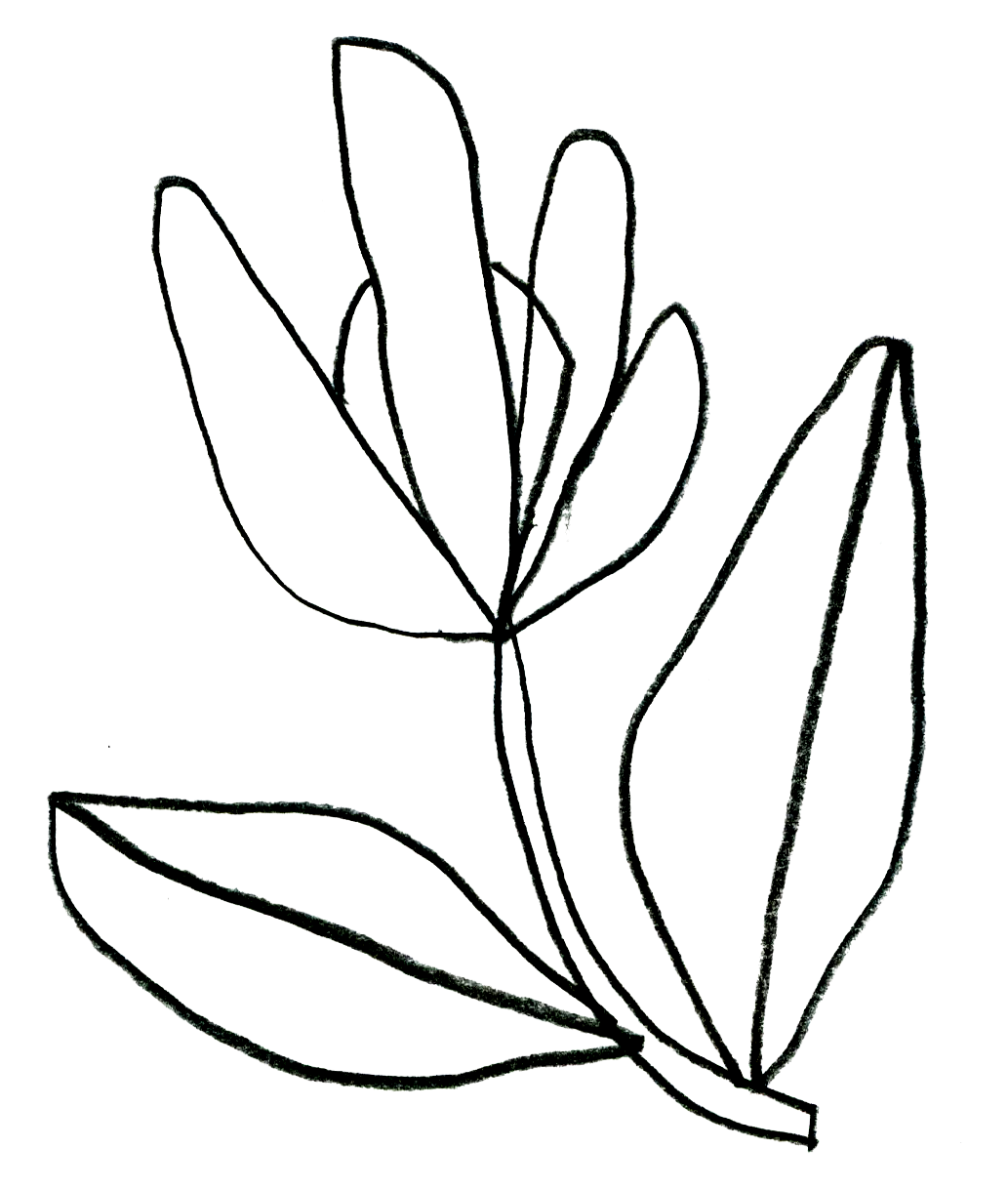FAQ
-
I am in network with Providence, Aetna, and Regence insurance companies. Please verify your insurance benefits for acupuncture before booking an appointment. I happily accept HSAs, and can provide a super bill upon request. I do not participate with Medicare or Medicaid. I am not currently accepting new patients for car accident claims.
-
Japanese acupuncture stems from classical East Asian medicine, a complete medical protocol that originated over 2,500 years ago in ancient China. After the communist revolution in China the complexity of the medicine was systematized into TCM and much of the wisdom therein, lost.
Classical East Asian medicine reflects an uninterrupted stream of pure indigenous knowledge and practices. As acupuncture blossomed in Japan, it was adopted as the profession of the blind, who cultivated a unique sensitivity in their hands. This evolved into an acupuncture style that is based primarily on empirical data via touch reflexes and direct perception.
Japanese acupuncture reflects elements of a Japanese aesthetic; it is simplistic in its use of minimal and thin needles, elegant in its theory based on patterns in nature, and beautiful in its use of various metal tools and hand techniques. The treatments as a result are gentle, nourishing, and restorative.
-
No! Some points may feel like a bee sting at most. Various sensations may arise from the needle sites including a dull ache, heat, cold, or an emotional response. These are expected and often indicative of a positive healing response.
Yes! Acupuncture is not only safe during pregnancy and breastfeeding, it is highly beneficial. I recommend pregnant folks come in weekly during the first trimester, biweekly during the second trimester, and weekly once more during the third trimester. In the initial postpartum period and the 4th trimester, I encourage new mamas to honor the forty day practice of “zuo yue zi” or “sitting the month.” This practice recognizes that a woman’s vital substances postpartum must be radically conserved to prevent future chronic illness, and rebuilt with rest, nutrition, and bonding. I am happy to make house calls in the first few weeks of postpartum to support the first forty days. You are welcome to bring your infant along with you into my office.
-
A form of physical therapy, or neuromuscular re–education utilizing breath and movement, Sotai Therapy seeks to remedy structural imbalances to create ease and a greater range of motion within the large joints of the body. Dr. Keizo Hashimoto developed Sotai Therapy in collaboration with the indigenous healers from the Japanese island of Hokkaido, and prescribed not only physical movements, but a way of life based on harmonizing thought, breath, movement, nutrition, and environment.
A holistic medicine in its own right, Sotai Therapy is the go–to for musculoskeletal issues and pain. Recommended for athletes and creaky office folk.
-
You don’t have to know, that’s my role! I do welcome your interests. We will combine your wellness priorities with specific diagnostic information to select the modalities based on what your body prefers.
-
I use essences from Alaska Essences, Flower Essence Services, Shayne Case, and Essence Alchemy.
-
Nutrition is paramount. How we nourish ourselves, and what we nourish ourselves with are the cornerstones of our cellular life and our health itself. East Asian Medicine begins in the lifestyle, and real progress is prohibited by an imbalanced diet and lifestyle. Vibrant, local, and fresh food infuses us with a sense of wellbeing and connection. Healthy fats and proteins are the building blocks of our DNA and mental health.
Water is also important. Drinking room temperature water, and plenty of it (at least half of your body weight in ounces) flushes your system and detoxifies. Together, we will make small, sustainable changes to catalyze the work done in an acupuncture session.
-
The answer is, it depends on the chronicity of illness. I will muscle test for the timing of treatment. Generally, to begin with I recommend coming in more frequently as the treatments and results are cumulative. Weekly or biweekly sessions to start can optimize your body’s healing. It’s also important to maintain perspective and to know that in the case of chronic disease, it can take between 1-3 years to heal. More acute cases may experience relief in as little as 4 visits. Acupuncture in its purest form is a lifestyle treatment that promotes longevity and prevents disease from arising in the first place with biweekly or monthly care.
-
Bring your whole hearted self, committed to creating change, and curious about what that might look like. Make sure you’ve completed your New Patient paperwork, or arrive early to complete it beforehand. Wear loose, comfortable clothing, or be ready to dress down to your comfort level.
-
Make sure you’ve eaten in the last 1-3 hours before a treatment. Do not come on an empty stomach. If you’ve forgotten, I have little protein bites on hand. Hunger before a session may result in the experience of lightheadedness or dizziness after. Acupuncture amplifies every metabolic process in the body and can cause a short term drop in blood sugar. So please, eat!

